The Grand Canyon is on almost every outdoor enthusiast's bucket list. This natural wonder of the world stretches 277 river miles through the heart of northern Arizona, revealing over 2 billion years of geological history in its intricately layered cliffs. From its towering heights to the winding Colorado River below, the Grand Canyon seems to go on forecver.
Backpacking the Grand Canyon is an unforgettable adventure but requires careful preparation if you want your trip to go smoothly. This is why it is a must to take a small portable generator. While the National Park Service does an excellent job with trail maintenance and safety, the Canyon's isolated trails and extreme conditions pose inherent risks. Being self-sufficient by packing properly for the specific challenges of the environment is key. One item that should be on every backpacker's gear list is a battery-powered generator.
Exploring the Grand Canyon: A Backpacker’s Dream
The Grand Canyon offers some of the most spectacular backpacker scenery in the United States. From high desert plains to steep inner canyon trails descending over a mile to the Colorado River, the diversity of landscapes seems endless. The park boasts over 600 miles of maintained trails, appealing to backpackers of all abilities. Popular routes include stretches of the famous Rim to Rim trail and classics like the Bright Angel Trail.
Top Backpacking Routes in the Grand Canyon
The Grand Canyon offers some of the most spectacular and challenging backpacking routes in the world. From rim to rim and down to the inner Canyon, backpackers in this UNESCO World Heritage Site traverse incredible landscapes full of natural wonder.
1. The South and North Rims
The South and North Rims provide stunning overlooks into the majesty of the Canyon's layered geologic forms carved out over millennia. Numerous maintained trails extend down from both areas, allowing backpackers to camp below the Canyon's edge amid unbelievable vistas. Careful planning and permit approval is required for all overnight inner canyon trips.
2. Rim to Rim trek
One of the most popular routes is the complete Rim to Rim trek. This epic journey spans 21 miles one-way and crosses some of the Canyon's most extreme terrain. Most break the Rim to Rim into a 3-day backpacking trip with at least one overnight stay at designated campgrounds along the way. Cottonwood Campground along Bright Angel Creek is a common stopping point, providing a water pump and composting toilets within a side canyon marked by shade trees and cooler temperatures.
3. South Kaibab to Bright Angel Trail
The South Kaibab to Bright Angel Trail route offers incredible scenery as hikers descend below the South Rim through stair-stepped ridges lined with slot canyons. As the trail bridges across Pipe Creek, the landscape opens up to reveal the mighty Colorado River and Phantom Ranch. The final push heads up Bright Angel Trail with an elevation gain of over 4,500 feet.
4. South Kaibab Trail down to Skeleton Point
For a shorter but extremely scenic one-day hike, many recommend the South Kaibab Trail down to Skeleton Point and back. This provides panoramic views into the Canyon's interior without the longer distance to the Colorado River.
5. The North Kaibab Trail
The North Kaibab Trail from the North Rim features forests and meadows before exposing spectacular canyon views. Multi-day itineraries can incorporate camps at Cottonwood Campground and areas further out near Ribbon Falls.
Regardless of route, inner canyon backpacking requires respect for the challenging environment. Summer heat can be lethal, while spring and fall weather conditions can change suddenly and dramatically. All backpackers must carry appropriate supplies and equip themselves with the physical stamina demanded. The journey into the heart of the Grand Canyon overflows with magnificent beauty in exchange for its demands. For those prepared and passionate about exploring the American wilderness, few adventures compare.
Challenges with Backpacking in Grand Canyon
No Grand Canyon backpacking adventure comes without challenges. Desert conditions bring temperature extremes over 100 degrees in summer or below freezing on winter nights. Elevation shifts of over 5,000 feet mean acclimating to thinner air as you hike in and out of the Canyon.
1. Temperature Extremes
Few places match the intense temperature shifts felt inside the Grand Canyon, where blazing heat radiates from canyon walls in summer and frigid cold grips the inner gorge during winter. Desert conditions bring scorching temperatures over 100°F during the daylight hours in June, July, and August.
Overnight lows then routinely plummet below freezing across higher elevation rims and plateaus from November to March. This expansive swing between extremes happens quickly at sunset and sunrise. Proper layering of clothing and gear suitable for both weather conditions proves essential.
2. Acclimating to High Elevation Shifts
The enormous elevation changes encountered while descending into and climbing back out of the Grand Canyon pose another major obstacle. Most routes drop over 4,000 feet from the canyon rims, with some trails starting at over 8,000 feet in elevation. The steep grade, paired with radically thinner air, challenges cardiovascular capacity.
Altitude sickness also threatens those who fail to acclimate by gradually adjusting activity levels. Staying properly hydrated and keeping salt intake balanced further aids the body’s adjustments.
3. Limited Water Access
Unlike many wilderness areas, reliable water sources prove sparse and sporadic across exposed inner canyon terrain. While the Colorado River and smaller tributaries pass through the canyon bottom, direct access only occurs in limited locations. Upland trails can stretch over 10 waterless miles. Backpackers must meticulously plan itineraries, carefully measure usage, and pack in all needed water for overnight stays. Water filters and reservoir bladders help utilize sources when encountered. But strict rationing remains an ever-present necessity.

Why Small Solar Generators Are Essential for Backpacking?
When embarking on a multi-day backpacking adventure in a remote area like the Grand Canyon, having a reliable and sustainable power source is crucial. Instead of taking a large power bank, you’d better take a mobile generator. A small solar generator designed specifically for backpacking provides essential electricity to charge devices without weighing you down. Here's why a small solar generator is a must-have for Grand Canyon backpackers:
Reliable Power Source for Remote Areas
Once deep inside the Grand Canyon's inner gorges and plateaus, you are completely off-grid. A portable rechargeable generator harnesses the sun's plentiful rays, even on cloudy days, to generate power. This ensures you can keep your critical gear and devices charged when away from civilization for days at a time.
Trustworthy power enables you to use a GPS to navigate trails, headlamps when hiking before dawn/after dusk, cameras to document dazzling views, and satellite communication devices in case of emergency. A small solar generator keeps these devices reliably powered up and operational.
Eco-Friendly and Sustainable
Solar energy is clean and green. By using the sun's rays instead of relying solely on disposable batteries or battery banks, you need to recharge via a wall outlet; small solar generators have a much smaller environmental impact. They allow Grand Canyon backpackers to reduce their carbon footprint and practice sustainable eco-tourism while enjoying this national wonder.
Safety and Convenience
Solar-powered generators bring safety, security, and convenience to Grand Canyon backpacking. With sun-fueled electricity, you can use lighting and navigation gear before sunrise and after sunset when trails would otherwise be treacherous. Power ensures devices remain usable if facing an unexpected emergency or situation.
A small solar generator lets you charge a satellite communication device like an emergency beacon if you are injured, lost, or encounter extreme weather. The availability of sun-harnessed power adds security.
Compact and Lightweight Design
When backpacking, every ounce counts. You want to carry as little weight as possible. A small solar generator designed specifically for hikers and backpackers is compact, lightweight, and portable. They allow Canyon explorers to harness the power of the sun without adding unnecessary pounds to their load.
Look for units with built-in solar panels and features like foldable kickstands to capture more rays. Compact batteries, cable-free magnetic attachments, and appliance plugs integrate all components neatly into a backpacker-friendly package. Well-designed small solar generator adds convenience without overburdening you on the trail.
Why is Jackery the Ideal Choice for Backpackers?
When selecting a small solar generator for backpacking through the Grand Canyon, Jackery Explorer 240 v2 Portable Power Station stands out as an ideal choice. This compact, portable power station delivers 256Wh capacity, tailored to meet a Canyon backpacker's power needs.
Long-Lasting Lithium Battery
The Jackery Explorer 240 v2 Portable Power Station is engineered with a durable LiFePO4 battery which boasts a 10-year lifespan across 3,000+ recharge cycles. This ensures the small solar generator delivers reliable off-grid power trip after trip into the Canyon's remote reaches.
Fast Charging
This model offers the ultimate charging convenience. The Jackery Explorer 240 v2 Portable Power Station can fully repower from 0% to 100% in just 3.3 hours via a 1*100W Jackery SolarSaga solar panel. Alternately, it takes only 2 hours to recharge from a wall outlet when back in civilization.
Diverse Charging Options
With a 100W Max USB-C port built-in, the Jackery Explorer enables direct charging of phones, tablets, cameras, and other USB-C devices without requiring a separate power brick adapter. It ensures you can keep all gear juiced up on extended Canyon trips.
Superior Safety
As a UL-certified unit with TÜV SÜD verified solar panels, the Jackery Explorer 240 v2 Portable Power Station meets rigorous electrical safety testing standards for shock, fire risk, and other reliability factors. This gives Canyon backpackers confidence that it will perform safely even in harsh inner-gorge conditions.
In short, for backcountry Grand Canyon explorers seeking a small solar generator that delivers durable sunlight-harnessing performance in a secure, portable package, Jackery hits all the marks. The Jackery Explorer 240 v2 Portable Power Station provides essential power without extra bulk.

Precautions to Ensure a Safe Backpacking Experience in the Grand Canyon
The breathtaking beauty of the Grand Canyon also brings inherent risks. Backpackers should take key precautions to ensure their adventure inside its vast expanses remains safe. Being prepared for the challenging terrain, fickle weather, and lack of resources can prevent avoidable hazards.
Prepare for the Terrain
The Grand Canyon's sheer cliffs, narrow ledges, and steep inclines make falls extremely dangerous. Condition properly for the grueling descent into the inner gorge, using hiking poles and stable footwear with lug soles. Move slowly and deliberately through rocky areas. Scope terrain ahead to choose the safest path.
Stay Hydrated
Dehydration is all too easy inside the arid Canyon climate. Carry and drink ample water, around a gallon per person daily. Fill up at springs whenever possible. Pack electrolyte supplements to replace salts and minerals lost through sweat. Know the warning signs of heat exhaustion.
Weather Readiness
The Canyon environment can shift suddenly from sunny, mild skies to thunderstorms, bringing lightning, flash flooding, and hail. Dress in quick-drying layers and waterproof outerwear to adapt. Start hiking early to exit higher-risk areas before typical afternoon storms hit. Watch for weather alerts.
Pack Smart
Travel as lightly as possible. Carry only essentials like a first aid kit, high-calorie trail snacks, navigation tools, a shelter system, and a small solar generator or power bank to keep critical gear charged. Scrutinize total pack weight and distribute the load evenly to prevent injury.
Leave No Trace
To preserve the Canyon's ecology and beauty, follow strict Leave No Trace principles. Pack out all trash and waste. Stick to designated trails and campsites to avoid erosion and vegetation damage. Leave natural features undisturbed for others' enjoyment. Employ sustainable practices like using a small solar generator over disposable batteries. Taking precautions enables safer, lower-impact Grand Canyon exploration for all.
Conclusion
Backpacking the captivating yet challenging Grand Canyon requires thoughtful preparation and responsible practices. Investing in a compact, efficient small solar generator like the Jackery Explorer 240 v2 enables backpackers to sustainably keep devices powered up for navigation, communication, and more.
By taking essential precautions like packing adequate water, watching for storms, and staying vigilant on uneven terrain, Canyon explorers can embark on a memorable backcountry adventure safely powered by the sun. With the right balance of lightweight gear and caution, the breathtaking scenery of America’s most famous gorge awaits.
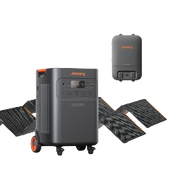
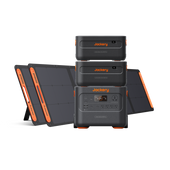
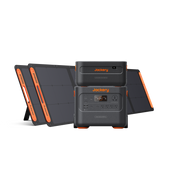
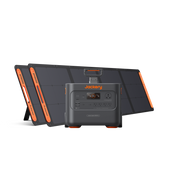

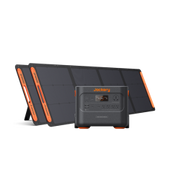
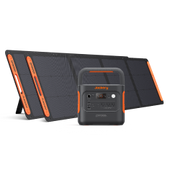

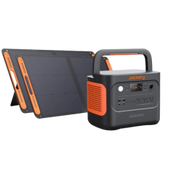
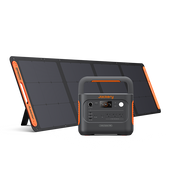
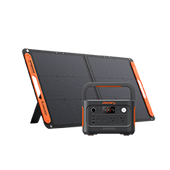

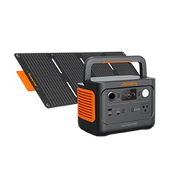

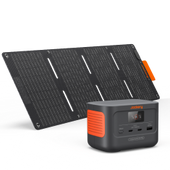
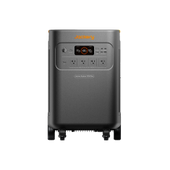

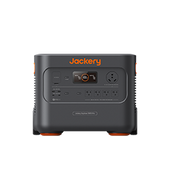
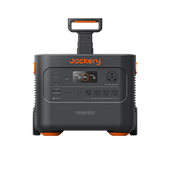
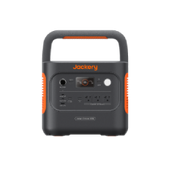
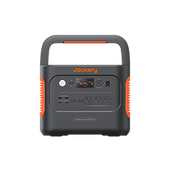

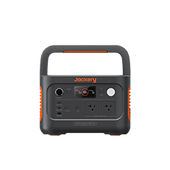
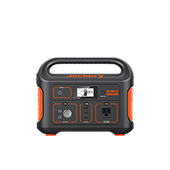
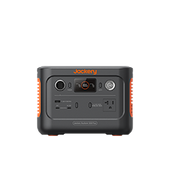

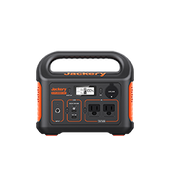
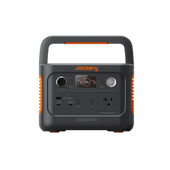
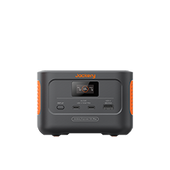



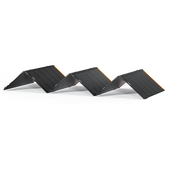
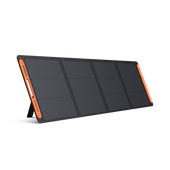
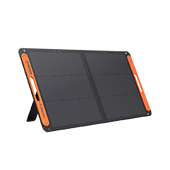
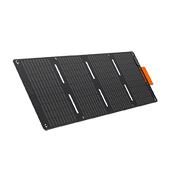

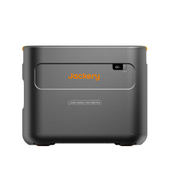



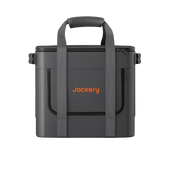
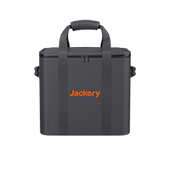
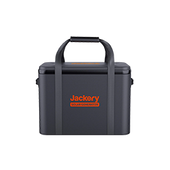

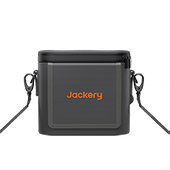
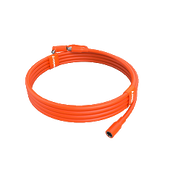

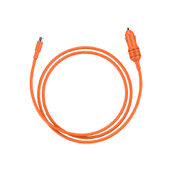

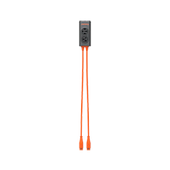
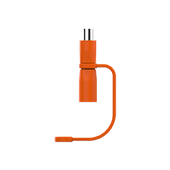
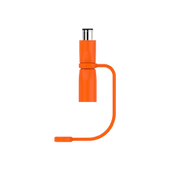


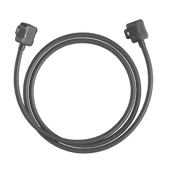
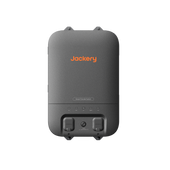
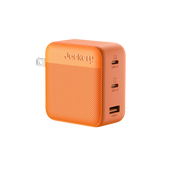




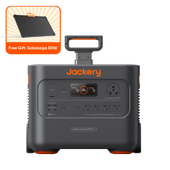
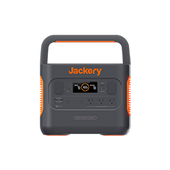
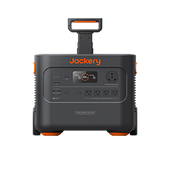
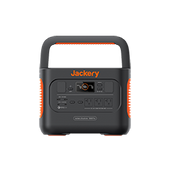
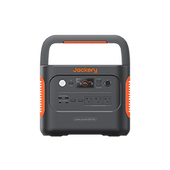
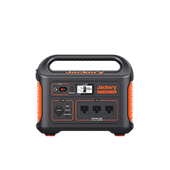
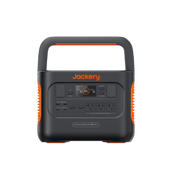
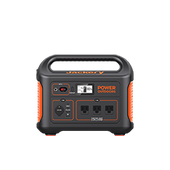
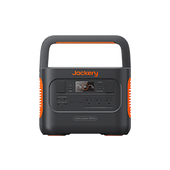
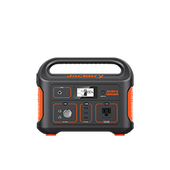

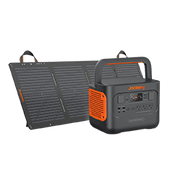
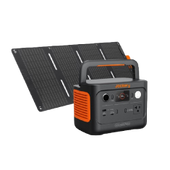






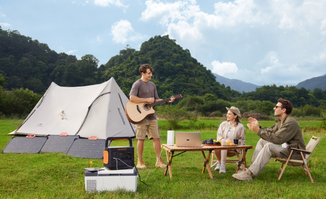
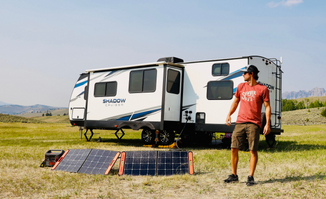
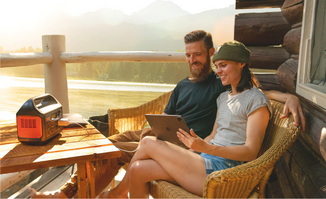




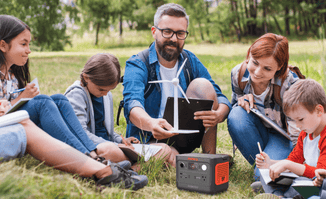


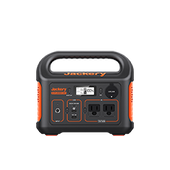



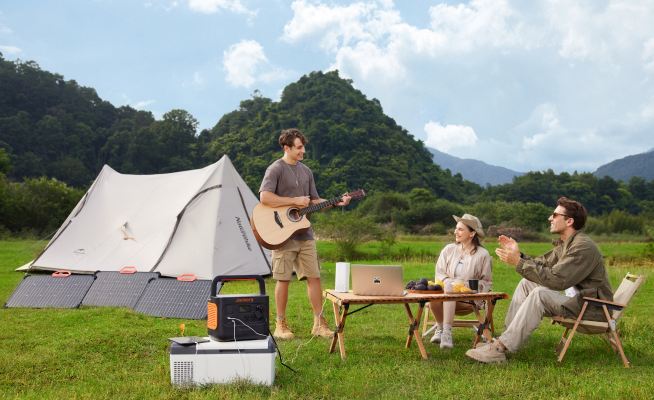
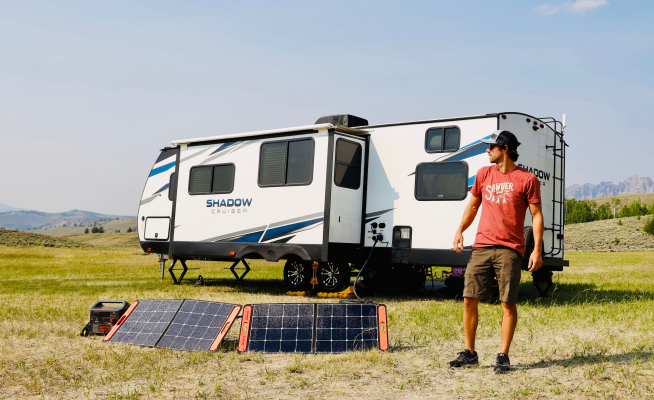

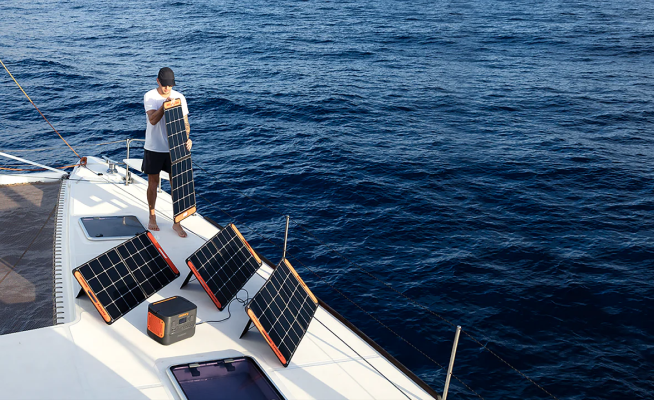
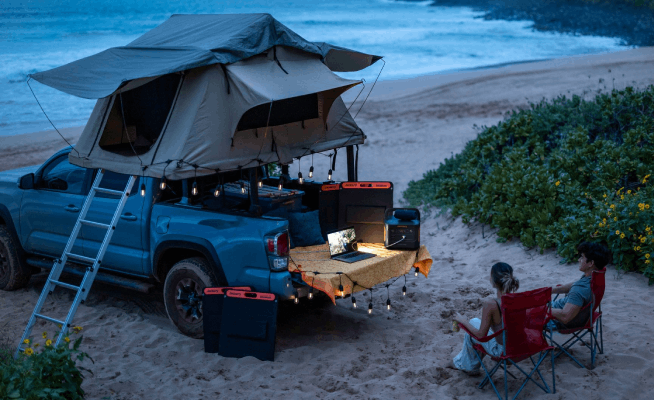
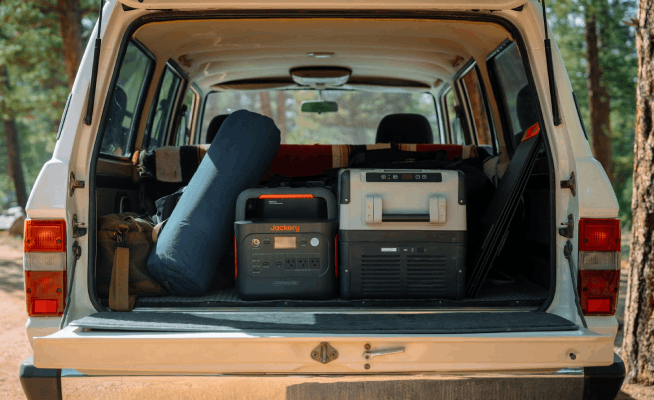

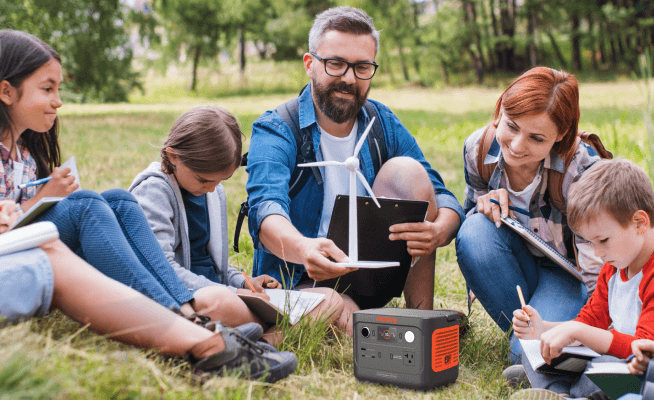














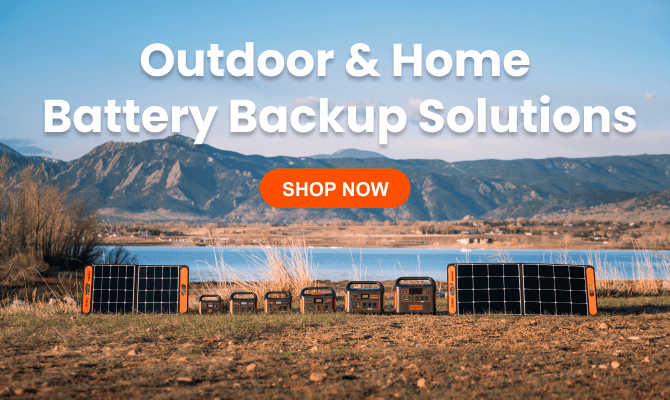
Leave a comment